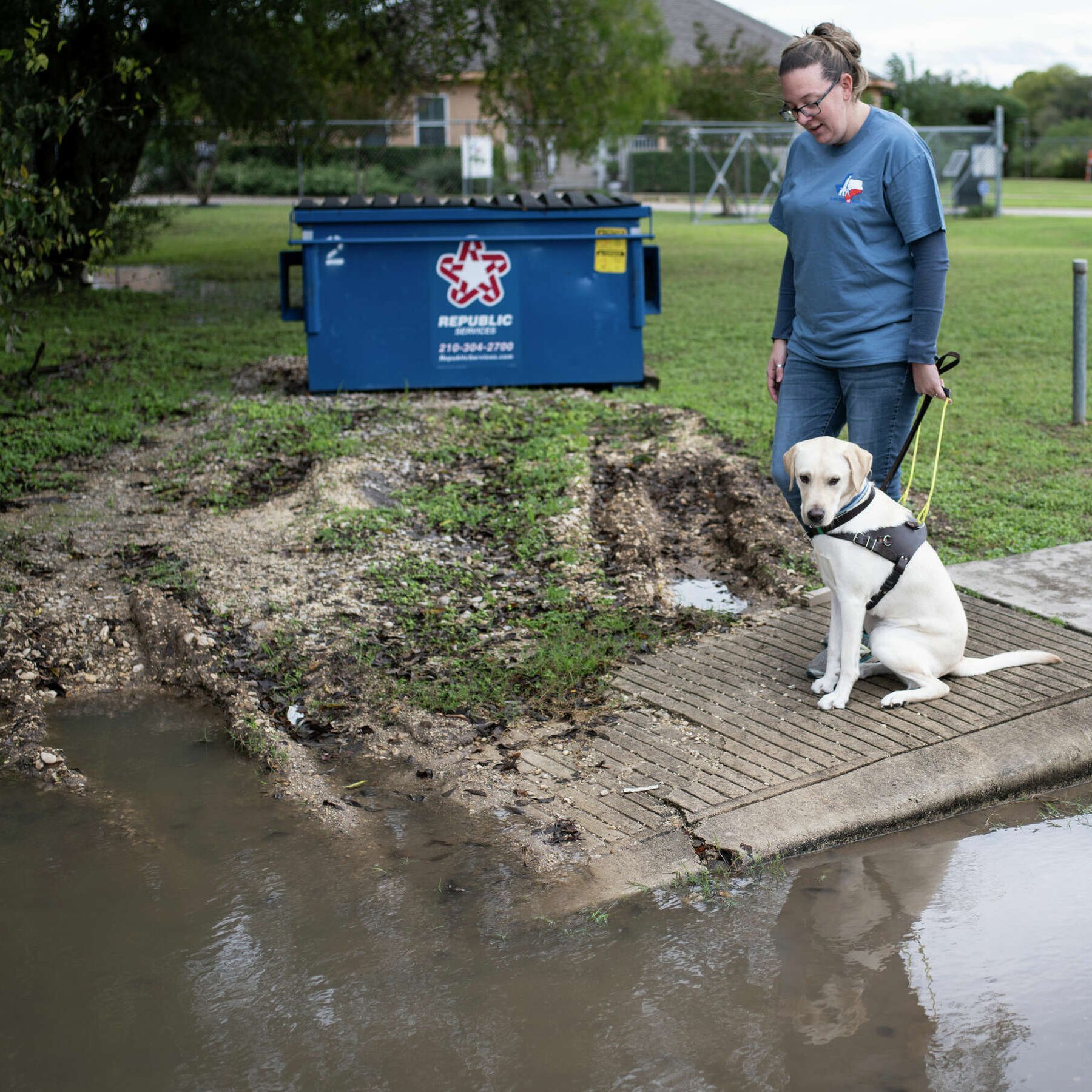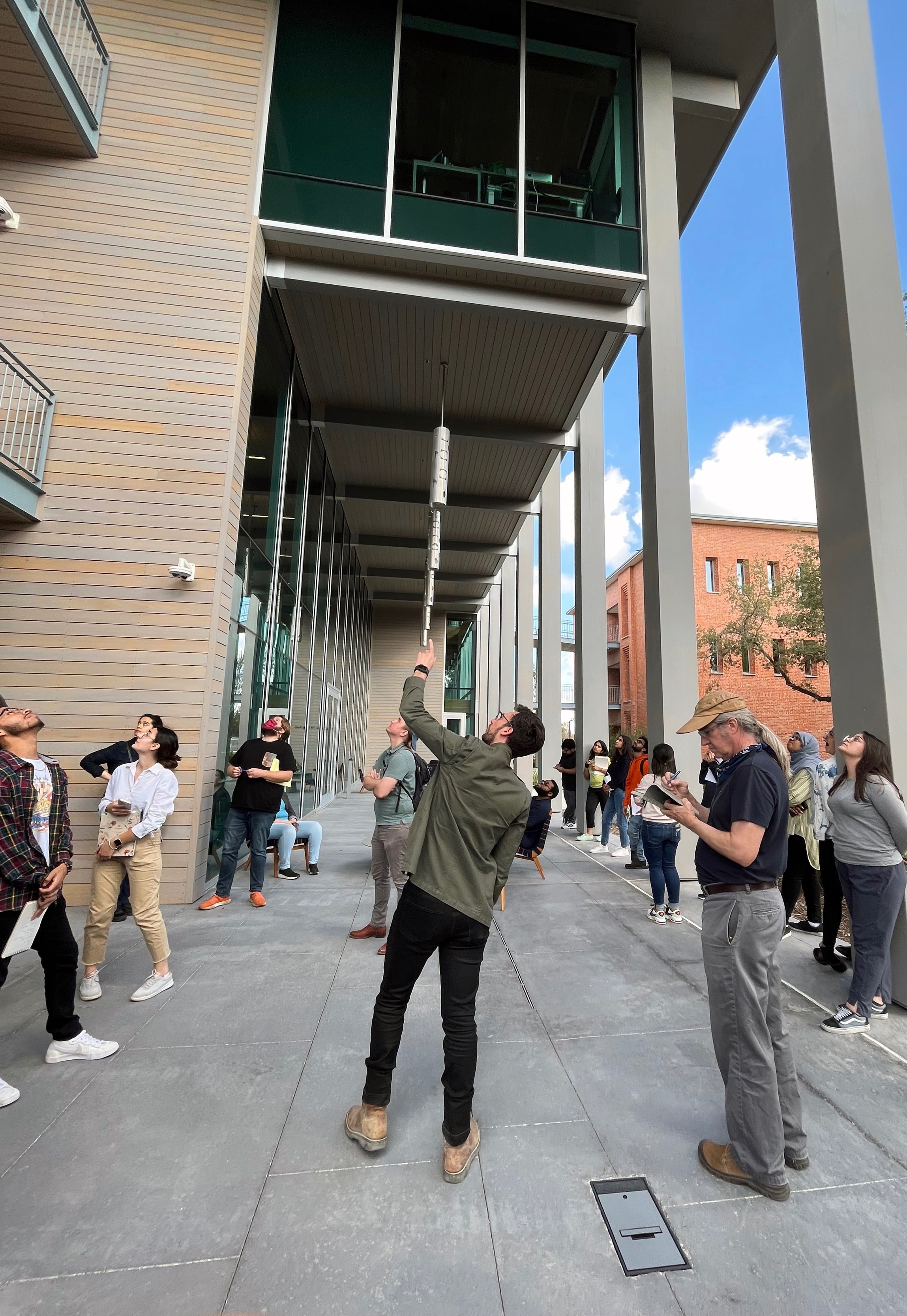Image: Springer Nature
Congratulations to Gregory Marinic, PhD and Pablo Meninato, PhD on the release of About Streets: Perspectives on Urbanism, Architecture, and Placemaking.
This 851-page tome just landed on my desk, and it’s an impressive contribution. I was glad to contribute a chapter, “Toward a New Narrative for the Automotive Strip,” which imagines a smaller, slower, and more local future for these increasingly obsolete roads.
From the publisher: Focusing on the street as a socio-spatial catalyst, this book fosters a comprehensive conversation on the past, present, and future of streets and public space. While 'the street' is commonly associated with urban form or the metropolitan context of social dynamics and design practices, this interdisciplinary anthology highlights that urban design challenges are global, multidimensional, and transcalar.
This critical survey of the city collects a broad scope of practices and phenomena in urbanism, architecture, activism, and participatory design. Individual chapters examine the histories, theories, geographies, architecture, and design of streets offering essential reading for scholars, professionals, students, and enthusiasts of urbanism, urban design, architecture, landscape architecture, planning, geography, sociology, anthropology, cultural studies, economics, and the arts. Over 50 chapters, authored by an international and diverse group of leading academics, theorists, historians, and practitioners, expand the discourse on streets and public space.
I highly recommend picking up a copy!



























